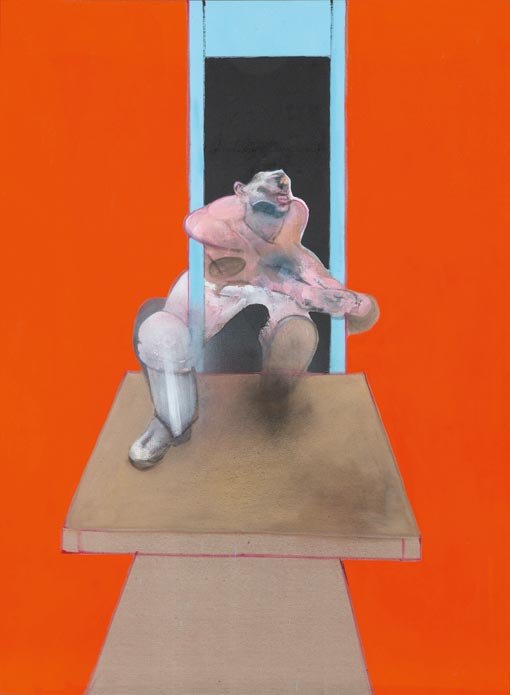1980s

We are born and we die, but in between we give this purposeless existence a meaning.
- Francis Bacon
Bacon’s work in the 1980s varies stylistically from that of previous decades. His technique was confident and the sense of chaos and drama of his earlier paintings was replaced with more sober control. In these works the paint is flat yet vibrantly coloured; the shadows, which feature in many of his earlier works, are solid and fleshy.
By 1980 most of Bacon’s close companions had died. Apart from the artist Lucian Freud and the art historian David Sylvester, who outlived him, Bacon was the last of a fascinating circle of Soho-scene figures. Towards the end of his life he was sustained by his stable relationship with John Edwards, although a liaison with Spaniard José Capello took Bacon to Madrid, where he died in 1992.
Bacon painted until the end of his life and left behind a unique and powerful body of work. As Alan Bowness, former director of the Tate in London, said:
...for Bacon the virtues of truth and honesty transcend the tasteful. They give to his paintings a terrible beauty that has placed them among the most memorable images in the history of art.